
Way Out There(NaN)
KNME presents Jim Morley as the storyteller in Way Out There. This program is a story of the changing face of the American West videotaped around Magdalena and west-central New Mexico.
Movie: Way Out There
Top 10 Billed Cast
The Storyteller

Way Out There
HomePage
Overview
KNME presents Jim Morley as the storyteller in Way Out There. This program is a story of the changing face of the American West videotaped around Magdalena and west-central New Mexico.
Release Date
Average
0
Rating:
0.0 startsTagline
Genres
Languages:
EnglishEspañolKeywords
Similar Movies
Yellowtail(en)
Yellowtail is the story of a young Native American cowboy searching for meaning as his chaotic lifestyle begins to wear on him both physically and mentally. To find his purpose the young man has to reflect on his upbringing as a native to become the spiritually connect man he was meant to be.
 10.0
10.0The Boy Who Found Gold(en)
William Hart McNichols is a world renowned artist, heralded by Time magazine as "among the most famous creators of Christian iconic images in the world". As a young Catholic priest from 1983-1990 he was immersed in a life-altering journey working as a chaplain at St. Vincent's AIDS hospice in New York city. It was during this time that he became an early pioneer for LGBT rights within the Catholic church. "The Boy Who Found Gold" is a cinematic journey into the art and spirit of William Hart McNichols. The film follows his colorful life as he crosses paths with presidents, popes, martyrs, and parishioners, finding an insightful lesson with each encounter. McNichols' message as a priest, artist and man speaks to the most powerful element of the human spirit: Mercy.
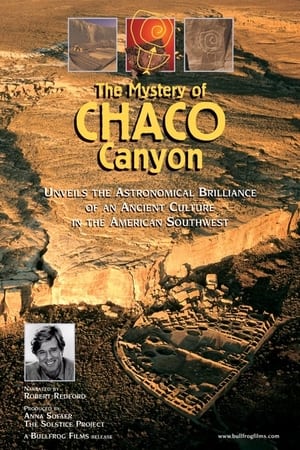 8.0
8.0The Mystery of Chaco Canyon(en)
Chaco Canyon, located in northwest New Mexico, is perhaps the only site in the world constructed in an elaborate pattern that mirrors the yearly cycle of the sun and the 19-year cycle of the moon. How did an ancient civilization, with no known written language, arrange its buildings into a virtual celestial calendar, spanning an area roughly the size of Ireland?
 7.0
7.0Cowboy Poets(en)
Since 1985, poets, songwriters and musicians have gathered at the Cowboy Poetry Gathering in Nevada.
 5.1
5.1Flying Padre(en)
Two days in the life of priest Father Fred Stadtmuller whose New Mexico parish is so large he can only spread goodness and light among his flock with the aid of a monoplane. The priestly pilot is seen dashing from one province to the next at the helm of his trusty Piper Club administering guidance to unruly children, sermonizing at funerals and flying a sickly child and its mother to a hospital.
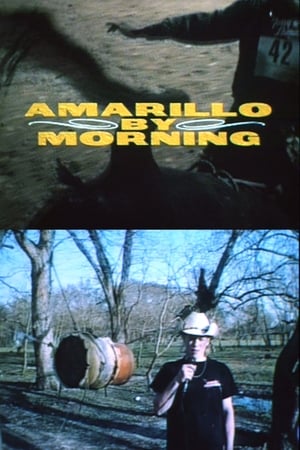 6.0
6.0Amarillo By Morning(en)
While filming professional bullriders for a commercial at the national rodeo in Houston, Texas, Spike Jonze befriended two suburban teenagers who aspired to be cowboys. The documentary chronicles an afternoon in their lives.
 0.0
0.0Phantoms of the Sierra Madre(en)
A Danish writer travels to Mexico with the purpose of locating a mysterious Apache tribe that fervently seeks to remain in obscurity.
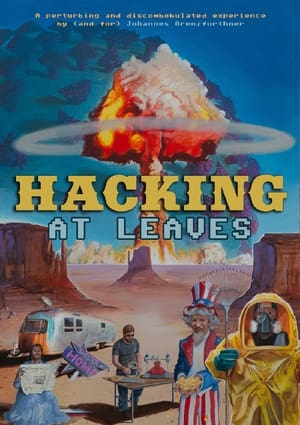 0.0
0.0Hacking at Leaves(en)
Hacking at Leaves documents artist and hazmat-suit aficionado Johannes Grenzfurthner as he attempts to come to terms with the United States' colonial past, Navajo tribal history, and the hacker movement. The story hones in on a small tinker space in Durango, Colorado, that made significant contributions to worldwide COVID relief efforts. But things go awry when Uncle Sam interferes with the film's production.
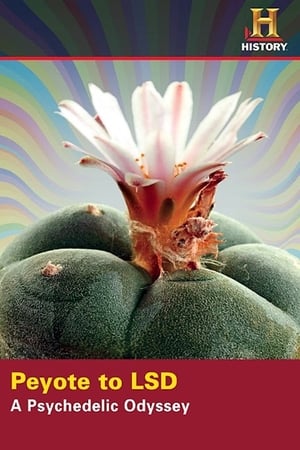 5.6
5.6Peyote to LSD: A Psychedelic Odyssey(en)
Plant Explorer Richard Evans Schultes was a real life Indiana Jones whose discoveries of hallucinogenic plants laid the foundation for the psychedelic sixties. Now in this two hour History Channel TV Special, his former student Wade Davis, follows in his footsteps to experience the discoveries that Schultes brought to the western world. Shot around the planet, from Canada to the Amazon, we experience rarely seen native hallucinogenic ceremonies and find out the true events leading up to the Psychedelic Sixties. Featuring author/adventurer Wade Davis ("Serpent and the Rainbow"), Dr. Andrew Weil, the Grateful Dead's Bob Weir and many others, this program tells the story of the discovery of peyote, magic mushrooms and beyond: one man's little known quest to classify the Plants of the Gods. Richard Evans Schultes revolutionized science and spawned another revolution he never imagined.
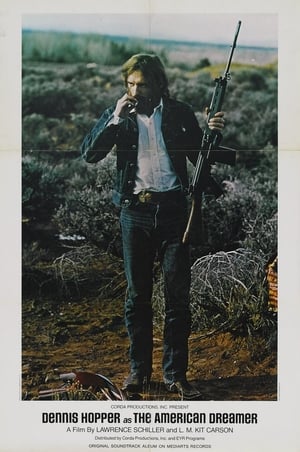 5.6
5.6The American Dreamer(en)
A documentary about actor/director Dennis Hopper, showing him at his home and studio putting together his film "The Last Movie."
 10.0
10.0The Cowboy Capital(en)
Bandera, Texas (THE COWBOY CAPITAL OF THE WORLD) is a captivating documentary that explores the vibrant history, unique culture, and enduring values of the small town of Bandera, Texas.
 0.0
0.0Refuge(e)(en)
Refuge(e) traces the incredible journey of two refugees, Alpha and Zeferino. Each fled violent threats to their lives in their home countries and presented themselves at the US border asking for political asylum, only to be incarcerated in a for-profit prison for months on end without having committed any crime. Thousands more like them can't tell their stories.
 6.1
6.1Rodeo(en)
Shot in four days during the 1968 National Rodeo Finals in Oklahoma City, this lyrical documentary takes you inside the arena atop a 2800 lb bull. Watch Freckles Brown, a legendary cowboy, conferring with a young Larry Mahan, the previous year's champion and see crowd favorite Myrtis Dightman trying to hold his own in a dramatic ride. "Rodeo" shows the classic struggle of man against beast, a matter of life and death. Dick Rosmini's hypnotizing folk-fusion soundtrack and an intricate sound mix add to the climatic result.
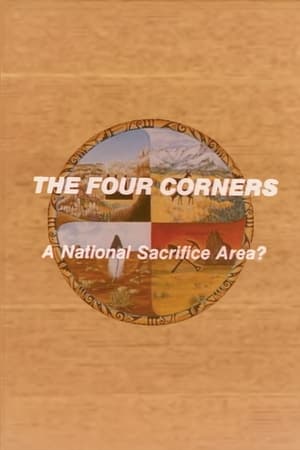 0.0
0.0The Four Corners: A National Sacrifice Area?(en)
Documents the cultural and ecological impacts of coal stripmining, uranium mining, and oil shale development in Utah, Colorado, New Mexico, and Arizona – homeland of the Hopi and Navajo.
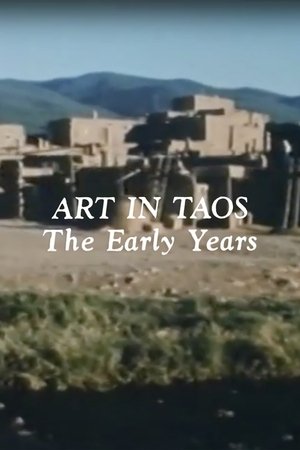 0.0
0.0Art in Taos(en)
A documentary by husband and wife filmmakers, Mario Balibrera and Dana Evans, of the art colonies of Taos, New Mexico in the early part of the 20th century.
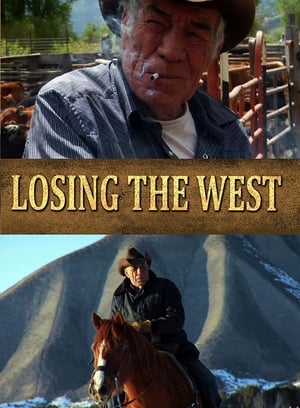 0.0
0.0Losing the West(en)
"Losing The West" is a documentary film that promotes small ranching and farming, as told through the eyes of a 70-year-old Native American cowboy. The film was shot primarily in Colorado. The director was born in Denver and owns a small ranch near Ridgway, Colorado.
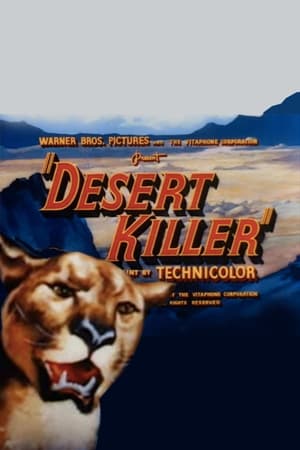 4.7
4.7Desert Killer(en)
Desert Killer is a 1952 short film directed by Larry Lansburgh about a hunter tracking a sheep-killing mountain lion. The film was nominated for an Oscar for Best Short Subject, One-Reel.
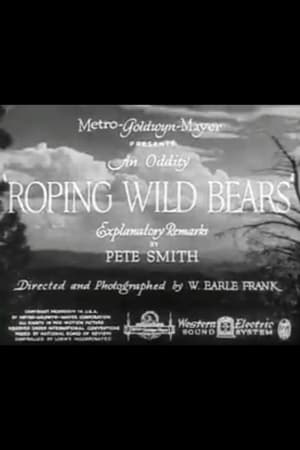 5.0
5.0Roping Wild Bears(en)
Wild bears that bother livestock are captured with ropes and shipped to zoos.
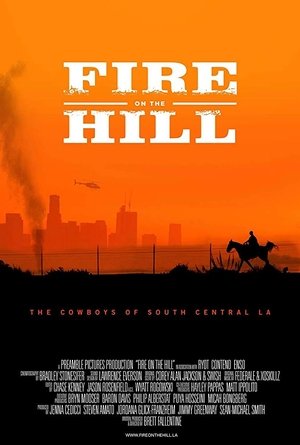 8.0
8.0Fire on the Hill(en)
On the edge of Compton, California- a place notorious for gang violence-a hidden band of inner-city cowboys has persevered since the 1800's. Fire on the Hill is the story of the Black Cowboys of Compton and South Central LA, and their fight to preserve their culture by resurrecting an inner city horse stable that was mysteriously burnt to the ground.
 6.0
6.0Cowboys: A Documentary Portrait(en)
Told in the cinematic tradition of classic westerns, “COWBOYS - A Documentary Portrait” is a feature-length film that gives viewers the opportunity to ride alongside modern working cowboys on some of America's largest and most remote cattle ranches. The movie documents the lives of the men and women working on these "big outfit" ranches - some of which are over one million acres - and still require full crews of horseback mounted workers to tend large herds of cattle. Narrated through first-hand accounts from the cowboys themselves, the story is steeped in authenticity and explores the rewards and hardships of a celebrated but misunderstood way of life, including the challenges that lie ahead for the cowboys critical to providing the world's supply of beef. “COWBOYS” was filmed on eight of the nation’s largest cattle ranches across ten states in the American West.